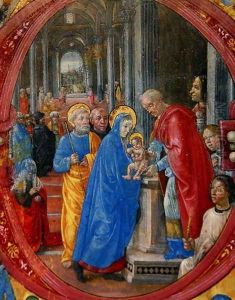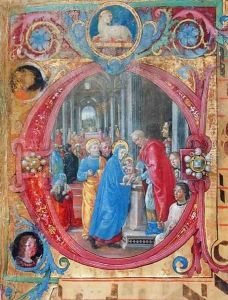di Baldassare (Frate Eustachio) Tommaso Paintings
Frate Eustachio, also known as Tommaso di Baldassare, was an Italian painter of the Renaissance period. Born in 1486 in Sansepolcro, a small town in Tuscany, he was a contemporary and fellow townsman of the renowned painter Piero della Francesca. Little is known about his early life, but it is believed that he may have been trained by local artists and was likely influenced by the works of Piero della Francesca, who was the leading artist in Sansepolcro during that time.
Frate Eustachio entered the Dominican order, which is why he is often referred to as 'Frate', meaning 'brother' in Italian. His religious commitment deeply influenced his artistic career, as he primarily produced religious-themed artworks. During his lifetime, he painted a number of frescoes and altarpieces, many of which have been lost or remain unidentified due to the lack of documentation and signatures.
Despite the scarcity of information, Frate Eustachio is known to have been active as an artist from around 1510 until his death in 1556. His style is characterized by the use of bright colors, clear contours, and careful attention to detail, which were typical of the early Renaissance period. He also showed a particular interest in depicting emotion and narrative in his works, aiming to inspire devotion in the viewer.
While Frate Eustachio may not have achieved the same level of fame as some of his contemporaries, his works are considered important for understanding the artistic landscape of Renaissance Italy, particularly in the regions of Tuscany and Umbria. Today, his surviving paintings can be found in various churches and museum collections, serving as a testament to the skill and devotion of this relatively obscure Renaissance artist.

